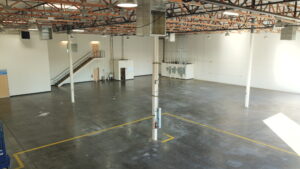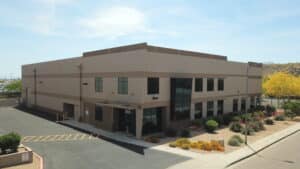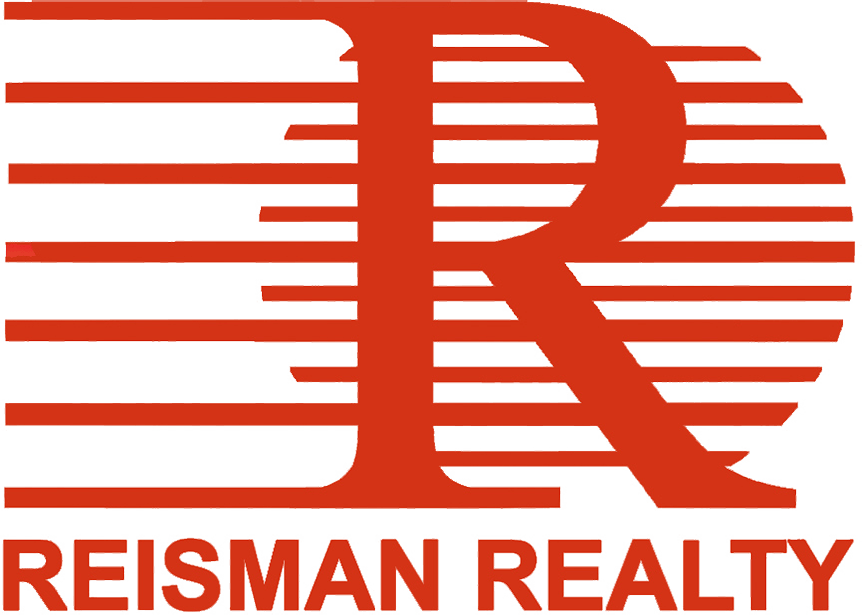Commercial Real Estate – Return on Investment Considerations

Any real estate purchase should take into account the Return on Investment (ROI).
How does one determine whether an ROI is high enough?
The answer to this is not cut and dry. Commercial real estate returns vary depending on a wide variety of factors, and a good ROI for one property might not be good for another.
How is ROI Calculated?
Put simply, ROI is the expected returns from the investment minus the cost of the investment, divided by the cost of the investment.
To calculate your ROI for a real estate investment:
- Calculate the expected annual rental income
- Subtract rental expenses from annual rental income
- Compute your % share of the net income
- Divide your net income by your total investment

How to Determine if An Investment is Worthwhile
Questions to Consider:
- Is this specific opportunity suitable for me?
Consider the location. Do you believe buildings or developments in this market will maintain or increase their value in the next 5-10 years? How does the ROI for this property compare to similar properties in the same market?
You should also consider your personal risk tolerance. In many cases, a higher expected ROI will translate to a higher level of risk, and a lower ROI may indicate a lower risk investment.
- What do the rent roll and weighted average lease term tell me about this property?
By evaluating the rent roll, you can learn crucial information about the property’s current leases, projected future income, and level of risk. For example, if there are multiple leases set to expire around the same time, or if vacancy rates are unusually high, this could increase your risk.
Rent rolls will also help you calculate the gross income you expect the property to generate, and to identify opportunities to increase that gross income in the future.
If the weighted average lease term (the average amount of lease time remaining for current tenants given the tenant size), is 3-4 years or higher that will typically indicate a level of stability for the investment.
- Does the investment strategy make sense?
Only work with people you trust and who have a proven track record of success. Does the plan make sense to you? Be clear that the strategy and the concrete steps that will be required to achieve it? Are you comfortable with the leverage included in the plan? If the assumptions in the strategy make sense, are realistic, and are suitable for the building and its location, then you’re are likely on the right track.

Other Important Considerations in Addition to the ROI
- Capitalization Rate: A property’s cap rate is the annual, debt-free rate of return from a property, based on its annual net operating income and current property value. Subtract the expected annual operating expenses (and taxes) from the property’s expected annual income, and then divide that value by the property’s current value. Multiplying this number by 100 will give you the cap rate.
- Internal Rate of Return: IRR measures the annual ROI over a particular time period, rather than over the total time of ownership
- Cash-on-Cash Return: This calculation compares the annual pre-tax cash flow from a property to the total amount of cash invested.
